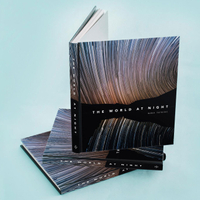'A truly dark night sky can change someone's life forever': Q&A with 'The World at Night' photobook author Babak Tafreshi
Two of Babak Tafreshi's major astrophotography programs were canceled or postponed this year due to the coronavirus pandemic, he told Space.com.
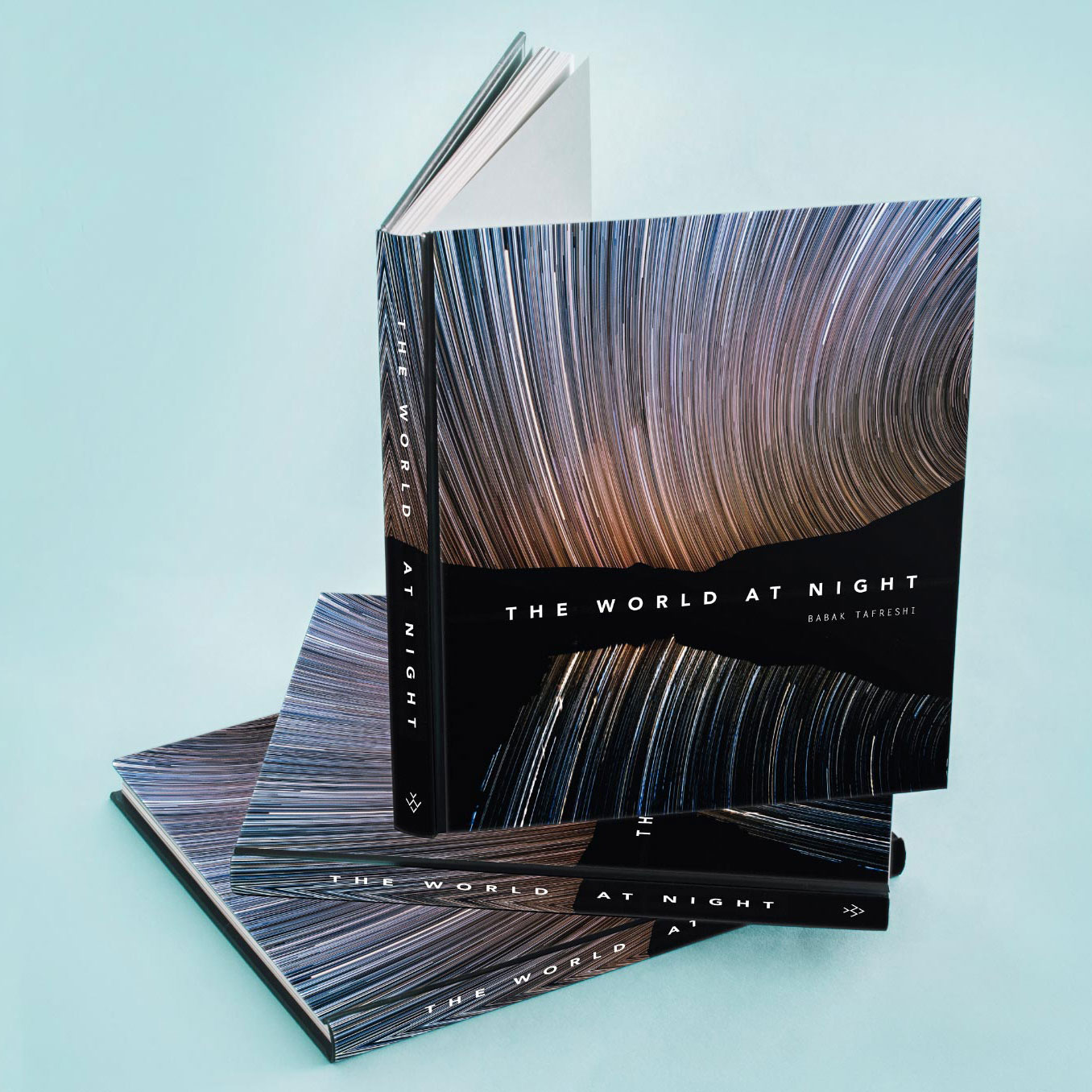
In the new photo book "The World at Night" (White Lion Publishing, 2019), which was released last November, astrophotographer and science journalist Babak Tafreshi takes readers on a curated tour of dazzling night-skies from across the world.
The night sky is like the roof above a house of worship, Tafreshi told Space.com in an email, and nightscape photography gradually developed this perspective, he added. The Iran native collaborated with other photographers and astronomy communicators to create the organization The World at Night over a decade ago.
Now, Tafreshi's new book by the same name features gorgeous photography from UNESCO World Heritage Sites, dives into the importance of reducing light pollution and maintaining dark skies, showcases brilliant celestial shots taken from spewing volcanoes to snow-covered forests and even walks readers through some astrophotography basics.
Learn more about this beautiful book from Tafreshi himself in the following interview:
Related: Best Space Photography Books
"The World at Night" (White Lion Publishing, 2019) takes you on a tour through some of the most spectacular dark skies that can be spotted from planet Earth.
Space.com: Could you walk me through the history of the organization that you started, The World at Night?
Tafreshi: In 2007, The World at Night (TWAN) was established in partnership with the Astronomers Without Borders organization where I'm also a board member...
Get the Space.com Newsletter
Breaking space news, the latest updates on rocket launches, skywatching events and more!
Our goals include reclaiming the natural beauty of the night sky as an important part of our nature [and] an essential element for life, which is lost in most urban areas. This is where we share common ground with IDA [International Dark Sky Association].
[Our other goals are] to merge art, science, and culture in the photographic medium and to bring the peaceful message of the night sky as a unifying roof above all cultures. This is where we connect to the World Heritage Sites, especially the sites with astronomy connections.
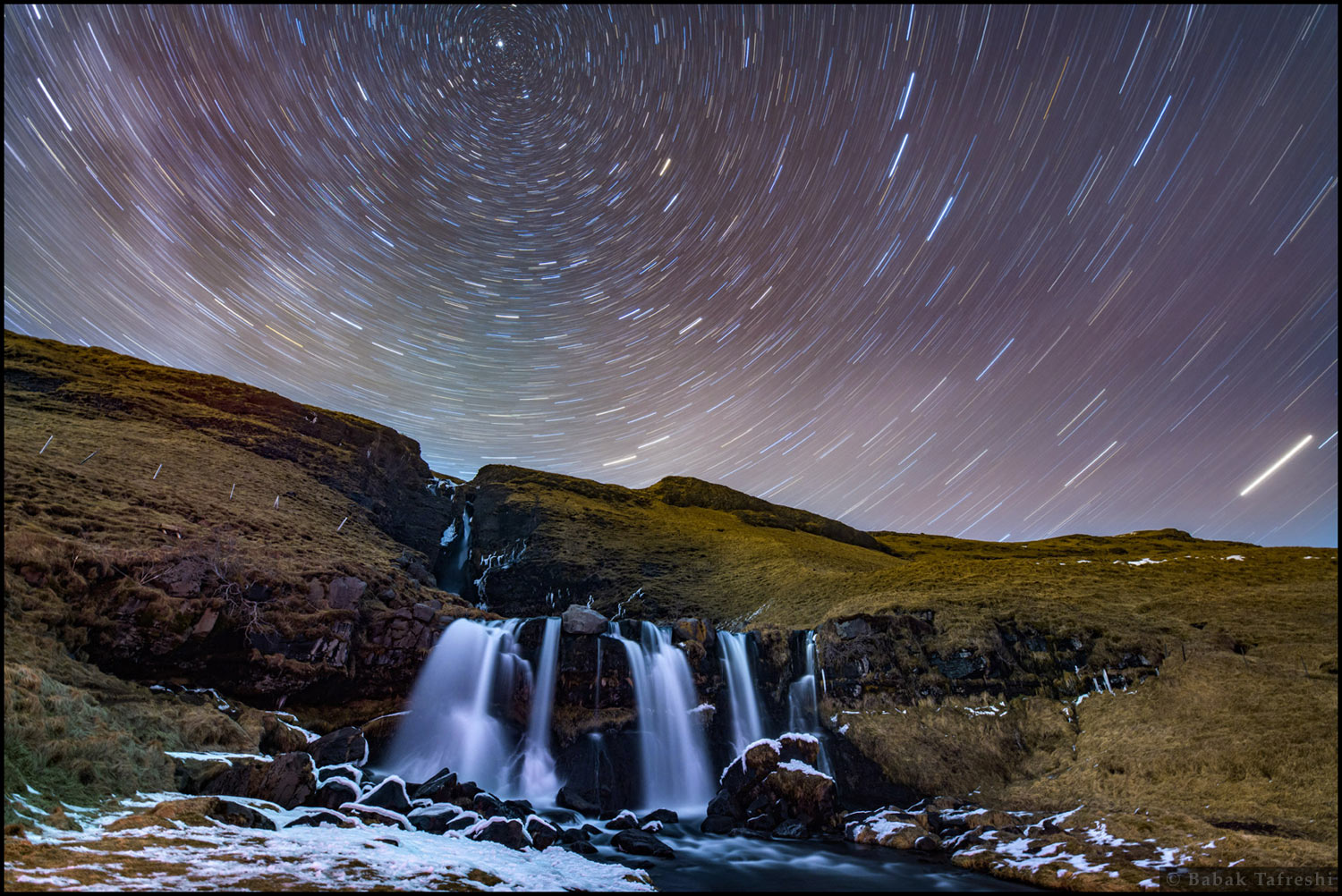
Space.com: Why did you want to publish this book?
Tafreshi: It's very timely. The interest in experiencing unspoiled night sky is increasing in the world as most of us have lost the natural night due to artificial skyglow. It's also very timely to [inform] the general public of light pollution as it goes to a new more disturbing stage with increasing white-blue LEDs. I have dedicated a complete chapter to our challenge with light pollution [in the book]. Although this is an illustrated book ... it's not just a regular coffee-table [book] with only beautiful images. There is a lot to learn on astronomy, stargazing, photography and nature conservation in the essays and photo stories.
From a photography standard, this book provides a world-class unique collective work by TWAN teams in 20 countries. Through the years we have spent thousands of nights under [the] stars recording scenes which are often missed by the rest of the world. I intended to provide a book with the most diverse and tenderly-selected collection, and [with] educational and inspirational stories, that take the reader to six continents, forty countries, some of the world's iconic heritage [sites], and some of the most remote corners of the planet. [The] majority of the images are fresh captures from the last few years but there are also rare images of most spectacular celestial phenomena in the past three decades, captured on film.
The reader can also rely on originality and authenticity of these images. The World at Night group follows the rules of documentary photography, where there is no digital blend of images taken at different places or through different lenses. There is no added moon or manipulated sky. Many of them are single exposure captures or a photo-series stitched to a digital panorama. On occasion where a composite of various exposures [it] is done due to technical limits or for its educational power, [and] it is explained in the caption.
Related: Sasha Sagan Dives into Science, Space and Spirituality in New Book
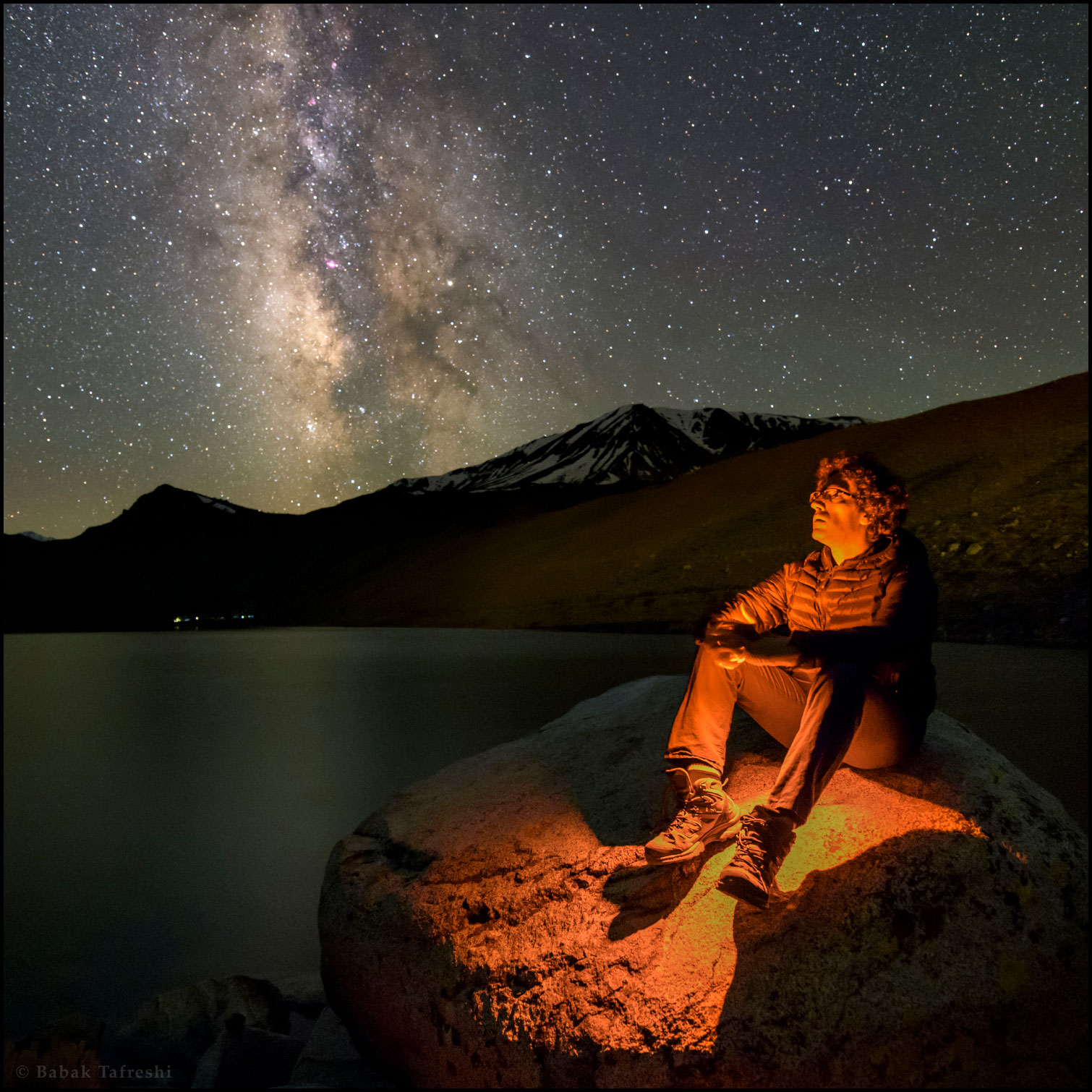
Space.com: Why do people seek out Dark Sky Reserves and in some cases travel the world to find new such places like this?
Tafreshi: Today, with two thirds of [the] human population [living] under light-polluted skies, some of our photos might look like a scene of science fiction to [the] public. But truly dark skies are possible to experience thanks to [a] growing number of preserved dark sky places and a rising branch of ecotourism called "astrotourism," [which is] emerging in areas with existing ecotourism infrastructure, with natural dark skies, [that are] far from cities and major light pollution sources.
Some of these places are protected by the authorities and locals who consider their skies a valuable source for tourism and a heritage to preserve for the next generations. The street lights in these areas are changed to fully shielded warm yellow lights (not the white-blue LEDs) where the bulb is ground-directed and not wasting light to the sky nor to the horizon. These sky-friendly lights have been promoted by the International Dark Sky Association (IDA) and are now available [from the] lighting industry.
Space.com: How does a place become a Dark Sky Reserve?
Tafreshi: The inquiry standards are written on the IDA website … The International Dark Sky Places has several categories. The large well-protected very dark places can apply either for Dark Sky Sanctuary, Park, or Reserve. But there are also communities and urban areas that can change to dark sky friendly lights and apply for an international certificate.

Space.com: What has been your favorite place in the southern hemisphere to take astrophotography? How about in the northern hemisphere? Or, if you've traveled to all the continents, maybe you could chat about your favorite astrophotography experience in each continent.
Tafreshi: In the southern hemisphere, the Atacama Desert in Chile has been my favorite and I have documented the area and its world-leading observatories at night every 2-3 years on assignment for [the] European Southern Observatory (ESO).
In the north, several U.S. national parks are my favorite plus La Palma in the Canary Islands which is a paradise for European stargazers. In the photo workshops at these places, I can see how a truly dark night sky can change someone's life forever. I know people who attended one of these programs with very little knowledge or interest [in] astronomy, and now, they are seeking every opportunity to enjoy and photograph dark skies. Some even [got] their entire family addicted!
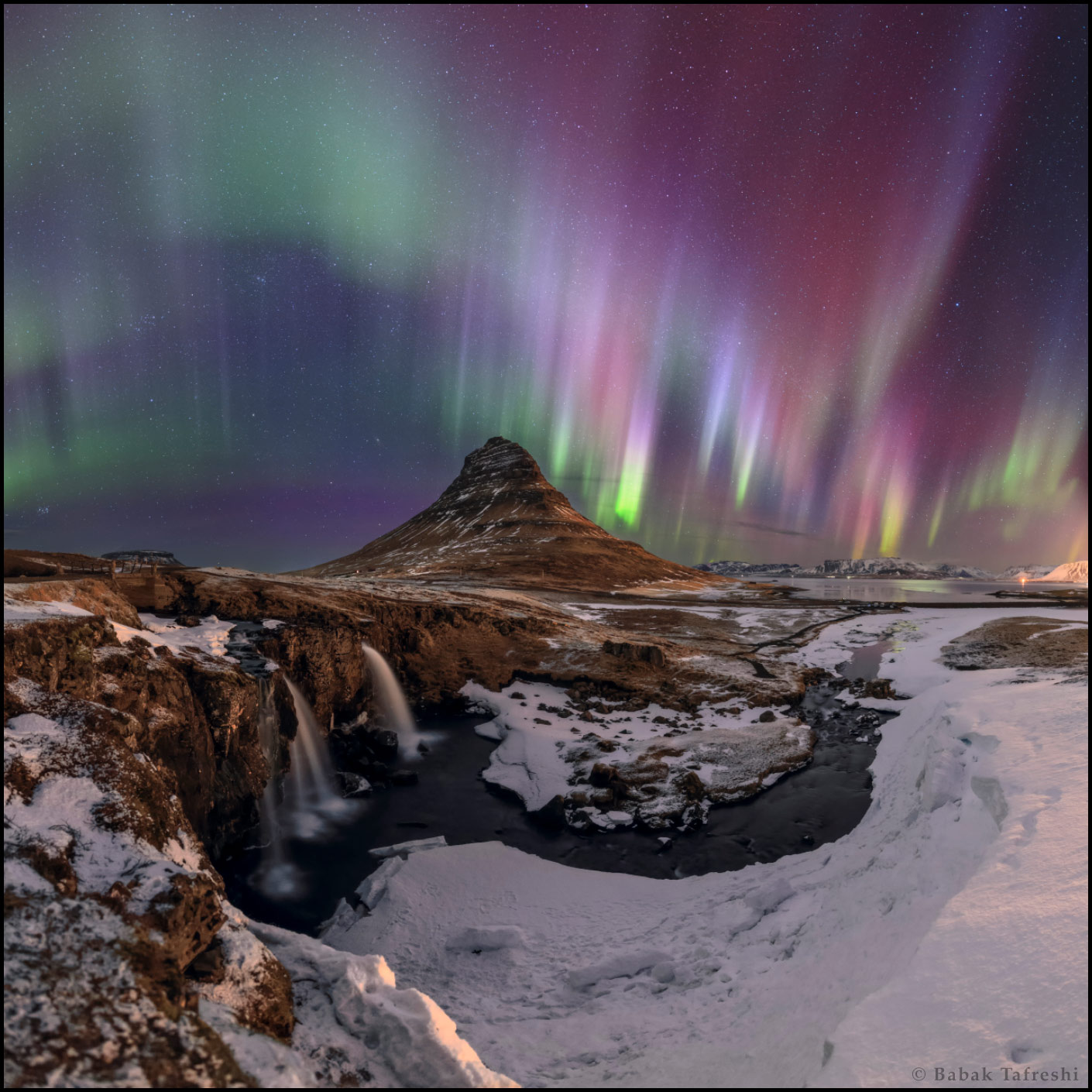
Space.com: What camera, types of lenses and gear are essential for a first-time astrophotographer? And what gear do professionals invest in?
Tafreshi: In the low-light environment of night, every photon counts. There are three ways to reveal more lights: increasing exposure, increasing ISO, and using a faster lens. Each has its own limits. You can't expose too long without showing the Earth rotation in the form of trailing stars. The ISO is limited too, and it's critical to use a sensor with higher signal/noise ratio and imaging in colder nights... The third option is very critical.
A fast ultra wide-angle lens of f2.8 or better with minimal chromatic and coma aberrations became an essential part of my gears. I use mainly fast prime lenses and full frame DSLR cameras which are more capable in low-light. Two of them are made for astrophotography, Nikon D810A and Canon EOS Ra with the IR-cut filter on the sensor replaced to allow more of the red end of the spectrum to be revealed, which is essential for most nebulae in the sky. Photographers can also modify their existing cameras for astrophotography.
There are companies specialized in this. I also use a very compact star tracker known as Polarie by Vixen which helps me to increase the exposure... when needed. [A] stable tripod and ball head is essential as night photography involves long exposure and often in windy conditions.
Related: Seeing in the Dark: Excerpt from 'Expressive Nature Photography'
Space.com: How can the seasons affect astrophotography? Do they at all?
Tafreshi: As the Earth goes around the sun we see different parts of the sky. The spring and summer night sky in the northern hemisphere is the Milky Way season. In the fall, the bright galactic core gradually disappears over the west, each night four minutes earlier. But then it's time for the iconic winter constellations to show up over the east with Taurus, Orion, Gemini and others that bring some of the brightest stars in the Earth night sky, although the Milky Way band becomes faint as we look to the outer [parts] of the galaxy.
Space.com: Have you had to learn different languages throughout your astrophotography career?
Tafreshi: I may be good with art and science but not in learning new languages! When I lived four years in Germany I could barely talk any Deutsch. Other than English and my motherland language Farsi (Persian) I can understand a little bit of Arabic, Turkish and several European languages.
![Astrophotographer Babak Tafreshi took this photo, which shows the Las Vegas lights from a long distance away. "In a pitch black starry night of Death Valley National Park, a car is driving downhill from a mountain vista looking towards [the] east. The yellow glow on the horizon resembles sunrise but it is Las Vegas at midnight, from 90 miles (145 km) away! Inside cities with so much light, you are enveloped in the artificial skyglow where [the] natural night environment is gone," Tafreshi wrote in an image description on his website. "Light pollution, unlike many other forms of pollution, is completely reversible. Each one of us can make a difference," he added.](https://cdn.mos.cms.futurecdn.net/zGiDmqzLGJFMswub2JtMCf.jpg)
Space.com: What upcoming celestial events did you have planned to shoot and have you had to change your plans because of ongoing travel restrictions as part of the COVID-19 pandemic response?
Tafreshi: Two of my major programs are canceled or shifted this year due to the pandemic. I have an annual March Aurora PhotoTour in Iceland which we had to cancel this year. Also, my annual spring Astromaster workshop in the Canary Islands is postponed to October. So now I practice the night-sky-at-home idea!
This is, in fact, an initiative started by TWAN-Austria photographer Christoph Malin and highly recommend the readers to join by sharing images using hashtag #nightskyathome and #milkywayathome and #twanight. You don't have to be in a dark sky place to do this. Even in heavily light-polluted areas there are still brighter constellations visible from your roof or balcony. New Moon, full moon, bright planets and many more are opportunities in urban areas.
Related: Best Astronomy and Astrophysics Books
Space.com: What major changes to astrophotography do you anticipate happening in the future?
Tafreshi: Starting night-sky photography is fast and easy, using today's sensitive digital cameras. You can even see [that] several mobile phones are now able to record images of the Milky Way when placed on a tripod with an adapter. But as we have an outburst of new night photographers due to the technology, we also see a lot of images which are heavily altered and saturated with faked celestial elements or wrong colors. This is mainly due to the lack of knowledge about the night sky.
To advance in any field of photography, knowing the subject is essential. A wildlife photographer can not achieve an impactful portfolio without knowing about animals, their habitat and behavior. This mass publication of over-cooked astrophotos is a passing phase which I hope gradually brings back more realistic natural looking astrophotos. Although [great] equipment helps a lot, the secret key in nightscape photography is being in the right place, at the right time. This is achievable by some basic knowledge of practical astronomy, using proper apps, together with your artistic skills. A power astrophoto is a fine [work of] art and a powerful tool for astronomy communication and night sky conservation.
(Author's note: The text is edited for length and clarity.)
- Photo Book Honors NASA's Space Shuttle Program
- New 'Atlas Obscura' Book Offers Host of Space Oddities to Visit on Earth
- Best Space Books and Sci-Fi for 2020
Follow Doris Elin Urrutia on Twitter @salazar_elin. Follow us on Twitter @Spacedotcom and on Facebook.
OFFER: Save 45% on 'All About Space' 'How it Works' and 'All About History'!
For a limited time, you can take out a digital subscription to any of our best-selling science magazines for just $2.38 per month, or 45% off the standard price for the first three months.
Join our Space Forums to keep talking space on the latest missions, night sky and more! And if you have a news tip, correction or comment, let us know at: community@space.com.

Doris is a science journalist and Space.com contributor. She received a B.A. in Sociology and Communications at Fordham University in New York City. Her first work was published in collaboration with London Mining Network, where her love of science writing was born. Her passion for astronomy started as a kid when she helped her sister build a model solar system in the Bronx. She got her first shot at astronomy writing as a Space.com editorial intern and continues to write about all things cosmic for the website. Doris has also written about microscopic plant life for Scientific American’s website and about whale calls for their print magazine. She has also written about ancient humans for Inverse, with stories ranging from how to recreate Pompeii’s cuisine to how to map the Polynesian expansion through genomics. She currently shares her home with two rabbits. Follow her on twitter at @salazar_elin.
